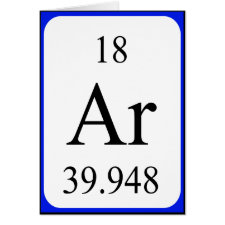
Authors: Liu Y, Hu X, Bai L, Jiang YH, Qiu J, Meng MJ, Liu ZC, Ni L
Article Title: A molecularly imprinted polymer placed on the surface of graphene oxide and doped with Mn(II)-doped ZnS quantum dots for selective fluorometric determination of acrylamide.
Publication date: 2017
Journal: Microchimica Acta
Volume: 185
Issue: (1)
Page numbers: ArticleNo48.
DOI: 10.1007/s00604-017-2543-2
Abstract: A polymer imprinted with acrylamide (AM-MIP) was synthesized on the surface of graphene oxide by surface polymerization of propionamide (serving as a dummy template), methacrylic acid (as the functional monomer) and ethylene glycol dimethacrylate (the cross-linker). ZnS quantum dots (QDs) doped with Mn(II) ions were added to the AM-MIP to act as fluorescence source. The AM-MIP was characterized by infrared spectroscopy, scanning electron microscopy and X-ray powder diffraction, suggesting that the imprinted layer was successfully grafted onto graphene oxide. The fluorescence of the doped QDs is quenched when loading the AM-MIP with acrylamide (AM), and the quenching effect is much stronger than the non-imprinted polymer (AM-NIP). Quenching follows Stern-Volmer kinetics. The combination of imprinting and fluorometric detection offer AM-IIP capability to accumulate trace AM before direct determination, omitting desorption and separation or other methods. The excitation and emission spectra of AM-MIP peak at 325 nm and 601 nm, respectively. Under optimal conditions, fluorescence drops linearly in the 0.5-60 μmol L-1 acrylamide concentration range, and the detection limit is 0.17 μmol L-1. The method has been applied to the determination of AM in spiked water samples and gave recoveries in the range from 100.2 to 104.5%, with relative standard deviations in the 1.9 to 3.9% range. In our perception, the AM-MIP presented here is a promising fluorescent probe for the detection of trace acrylamide in food
Template and target information: propionamide, dummy template, acrylamide, AM
Author keywords: surface molecular imprinting, polymerization, Pre-accumulation, Stern-Volmer plot, selective recognition, Fluorescent probe, Quenching effect, Food pollutants



Join the Society for Molecular Imprinting

New items RSS feed
Sign-up for e-mail updates:
Choose between receiving an occasional newsletter or more frequent e-mail alerts.
Click here to go to the sign-up page.
Is your name elemental or peptidic? Enter your name and find out by clicking either of the buttons below!
Other products you may like:
 MIPdatabase
MIPdatabase









